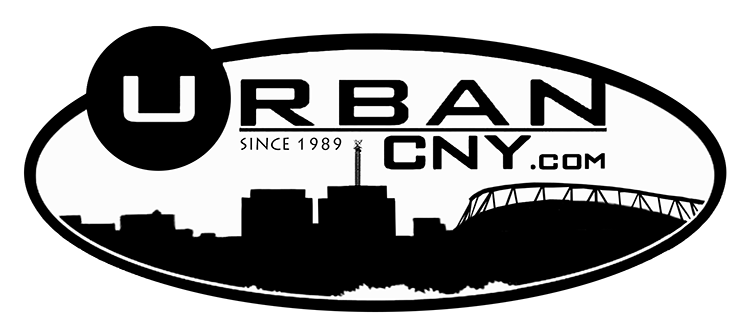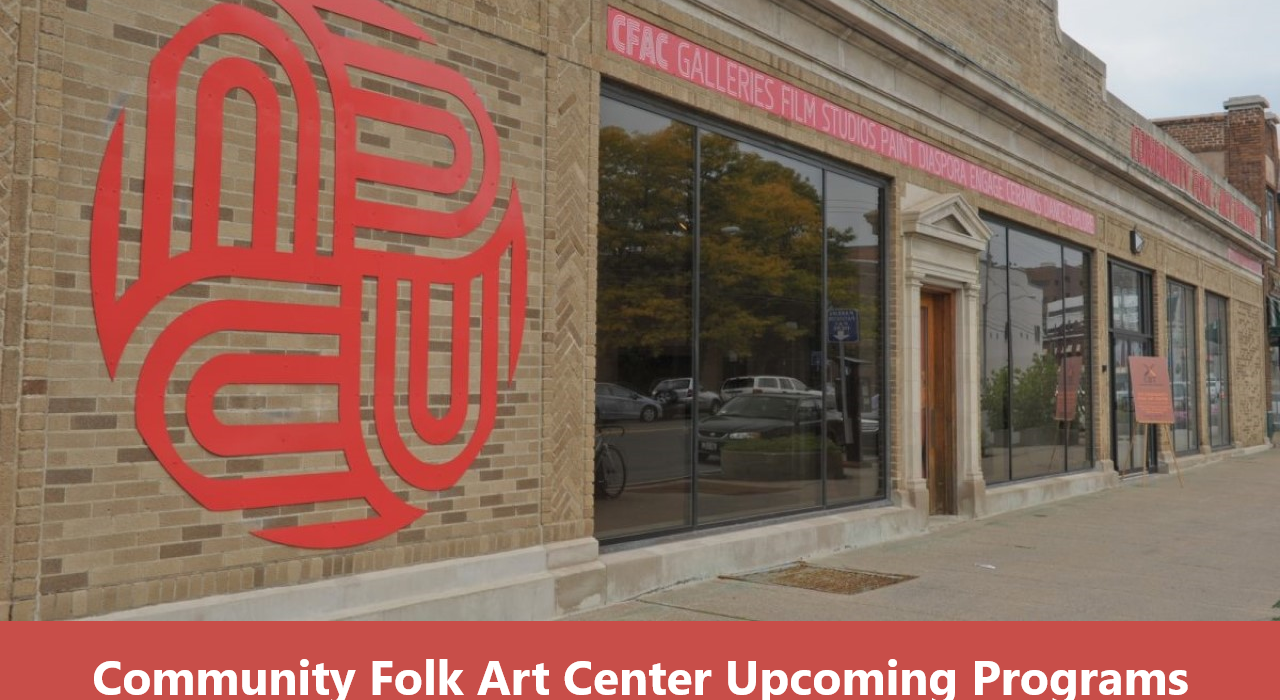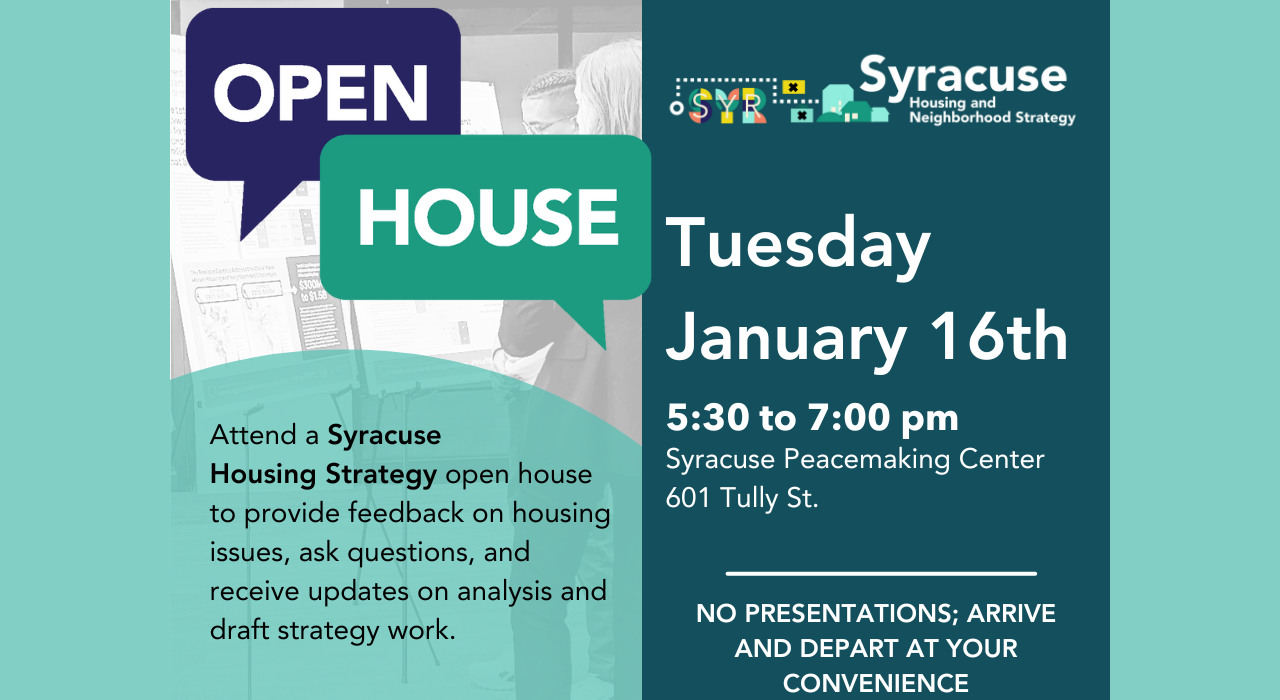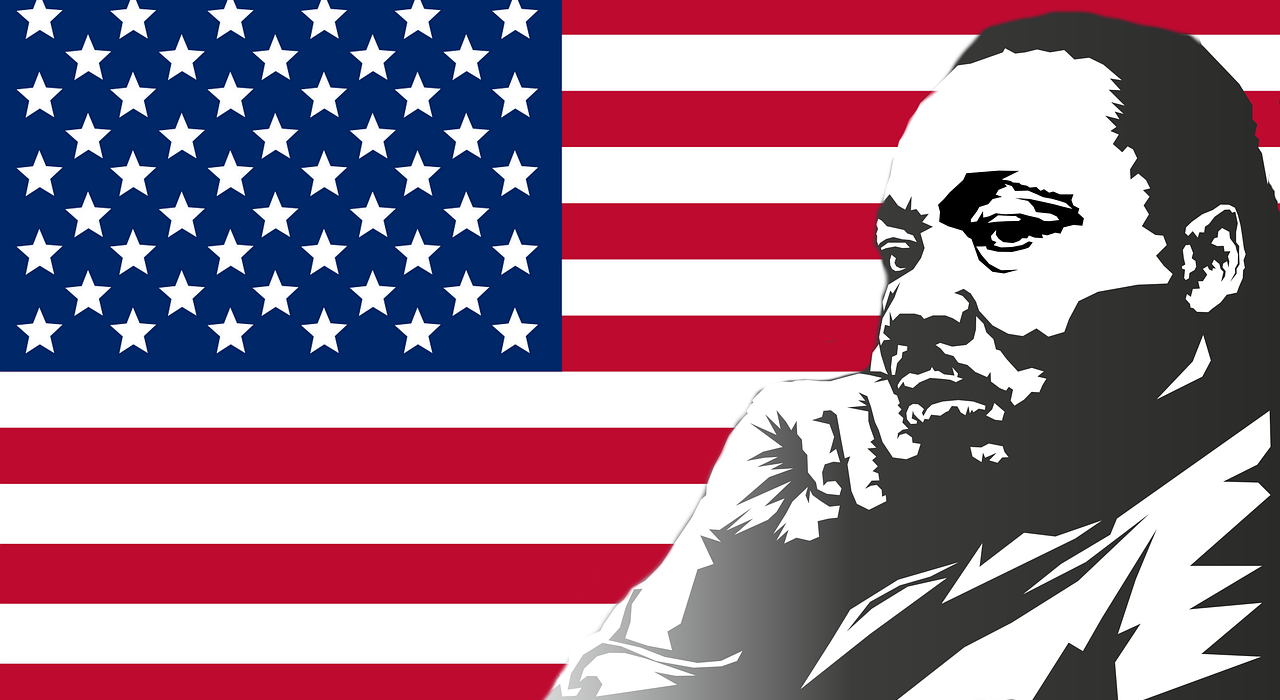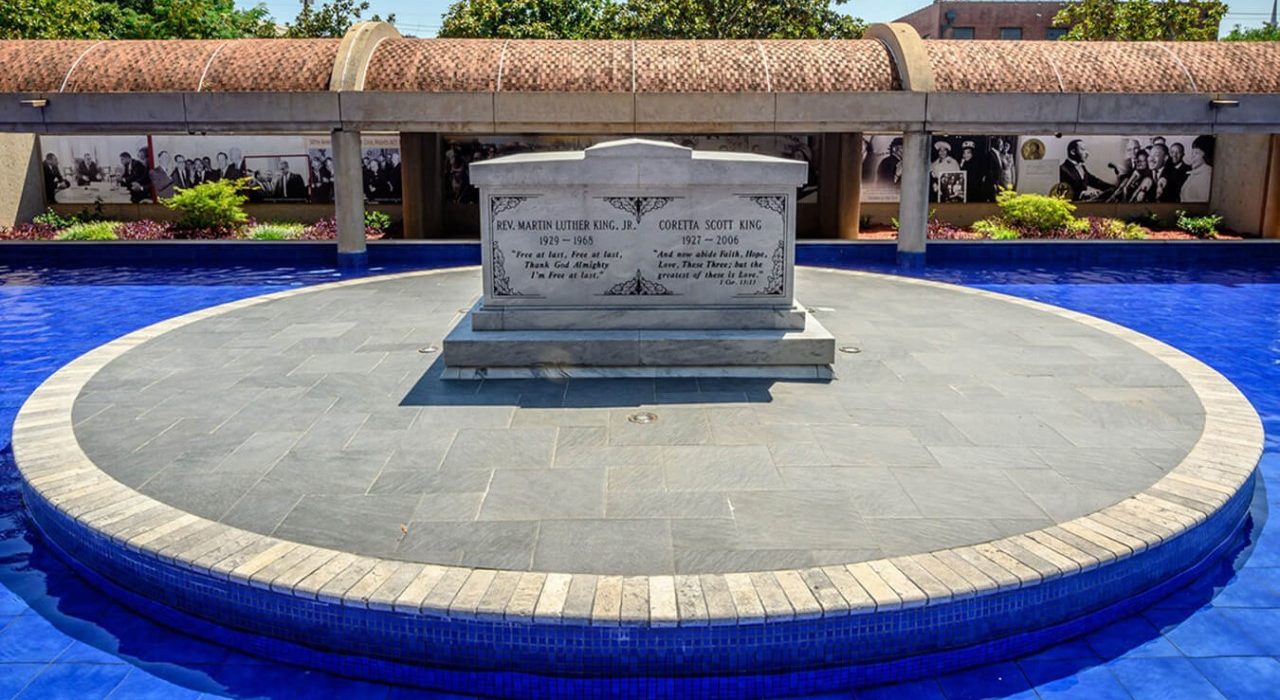Community Folk Art Center Upcoming Programs Including Black History Month
Community Folk Art Center, Incorporated (CFAC) was founded in 1972 by the late Herbert T. Williams, a professor in the African American Studies Department, in collaboration with other Syracuse University faculty and students, as well as local artists and Syracuse city residents. The primary motivation and objective for the establishment of CFAC was to provide a high quality showcase for African Diasporan artists, creating a setting for dialogue and interaction among emerging, mid-career and professional artists, in Central New York. In addition to Williams, CFAC founders include Shirley Harrison, Jack White, George Campbell Jr., Mary Schmidt Campbell, David MacDonald, and Basheer Alim. CFAC planted its roots in a small storefront on the corner of South Salina Street and Wood Avenue, then relocated to a converted auditorium on the East side, finally settling into our current space at 805 East Genesee Street, allowing us to function as a multidisciplinary community art center. Located in the heart of the Connective Corridor, “we are proud of our position as a venue for a cross section of our community to gather in the spirit of creative expression”. FINALS, a play by Martikah Williams The Community Folk Art Center on January 19th & 20th at 7:00 PM for the World Premier of FINALS, a play by Martikah Williams. Starring: Angela Stroman, Carley Robinson, Theorri, London, J’Naia Stepp & Dajaveon Bellamy. January 19th & 20th7:00 p.m. Community Folk Art Center, Black Box Theater Purchase Tickets Black/ Arab Relationalities Workshop – Black Artist Collective Join the Black/Arab Relationalities Initiative and Black Artist Collective for an upcoming workshop that will guide participants in relating shared and individual experiences through various art activities, including storytelling, movement, and poetry. Selected participants receive a $100 honorarium & lunch. This project is generously funded by a three-year Mellon Foundation Higher Learning Open Grant. (Application Deadline January 22) Saturday, January 27th 10:00 a.m. –3:00 p.m.Community Folk Art Center Apply Today Adult Ceramics Are you interested in taking ceramics? Space is still available for the following sessions : Monday 6:00 – 8:00 PM: Hand-Building with instructor, Eunjung Shin-Vargas Tuesday 9:30 – 11:30 AM: Hand-building and Wheel-Throwing with instructor, Eunjung Shin-Vargas Wednesday 9:30 – 11:30 AM : Hand-building and Wheel-Throwing with instructor, Eunjung Shin-Vargas Register Today Adult Classes Adult music and dance classes will begin on Monday, January 8th. Classes include Piano, Ballet, Ballet Conditioning, and West African Drum. All skill levels are welcome! Pre-register through our monthly pass option or pay upon entry, all classes are $10.00 per person. Piano: Monday 6:30 – 7:30 PM Ballet: Monday & Wednesday – 6:30 – 7:30 PM Ballet Conditioning: Wednesday 10:30 AM – 11:30 AM West African Drum: Thursday 6:30 – 7:30 PM Sign Up Today Creative Arts Academy Creative Arts Academy – Youth programming will resume on Tuesday, January 16th. Save the date for these upcoming events for Black History Month







